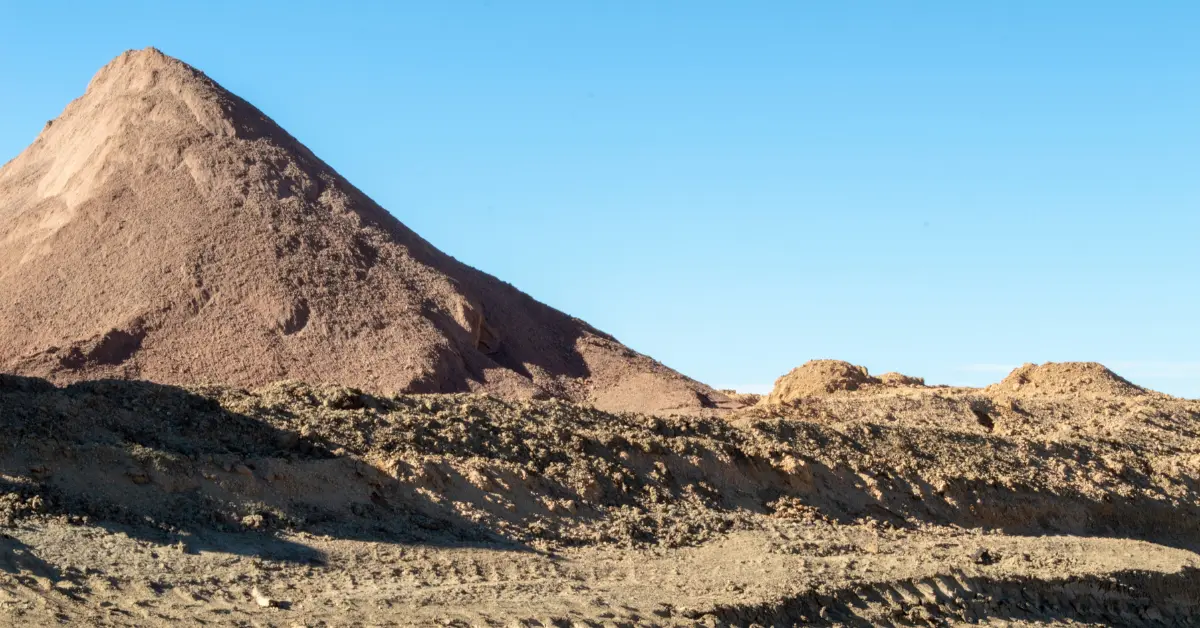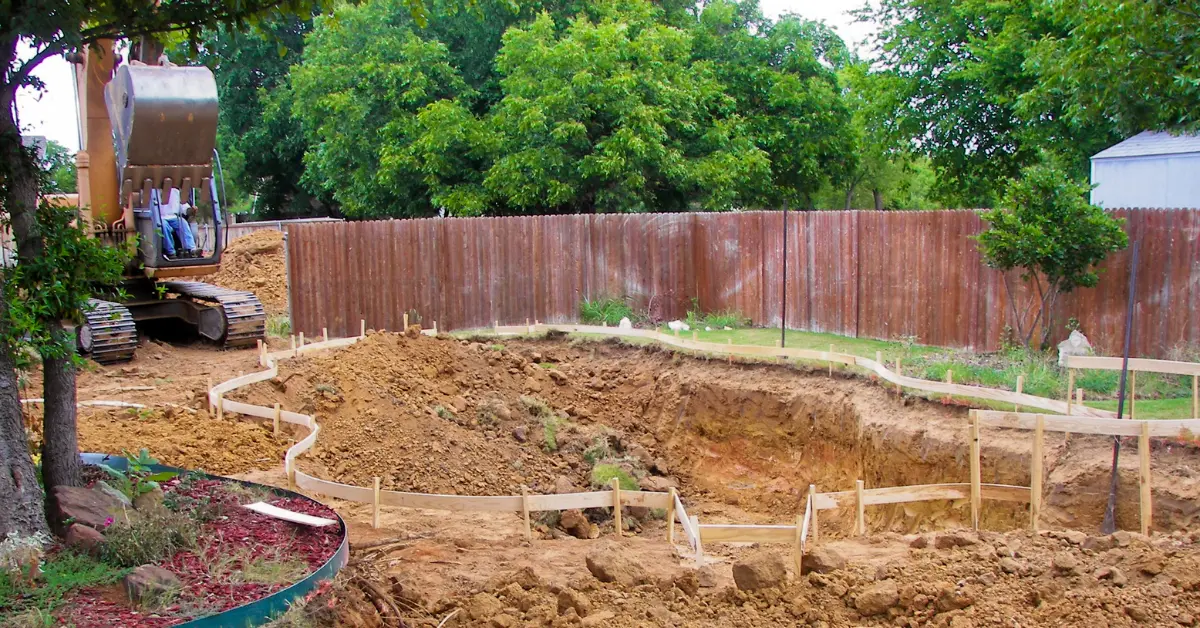
Unlike natural soil, which can vary in composition and performance, engineered fill is customized by civil engineers and soil scientists to meet precise specifications for compaction, moisture content, and particle size. This tailored approach ensures resistance to settling, shifting, and erosion, enhancing the safety and longevity of structures ranging from residential foundations to highways and levees. By selecting optimal proportions of sand, gravel, clay, and additives, engineers can address challenging site conditions while promoting efficient drainage and load-bearing capacity. Beyond structural benefits, engineered fill offers environmental and economic advantages through material recycling and reduced maintenance costs.
Introduction to Engineered Fill Dirt
Definition and Purpose
This is a specially formulated type of soil that is designed to meet specific construction needs. Unlike natural soil that varies greatly in composition and stability, engineered fill dirt is crafted to deliver consistent performance qualities. The primary purpose of this engineered material is to provide a stable foundation for construction projects, ensuring that structures remain secure and level over time. It is often a composite of sand, gravel, clay, and other materials, each selected for its ability to enhance the fill's supportive properties.
Engineered fill dirt is not just an amalgamation of raw materials; it is a product of precise engineering practices. Civil engineers and soil scientists collaborate to determine the optimal mix of materials that will best serve the intended purpose. This might involve adjusting the moisture content, particle size, or compaction rate. The result is a highly controlled product that offers predictability and reliability, crucial for projects where safety and longevity are non-negotiable.
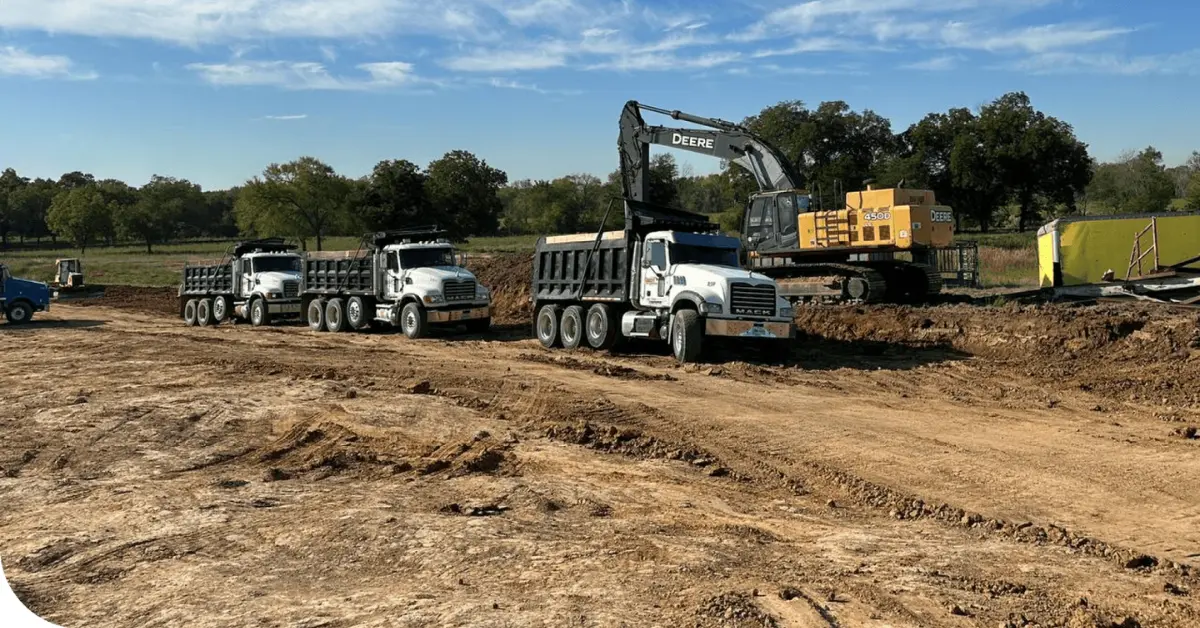
Common Applications in Construction
One of its most common uses is in the preparation of building pads for residential and commercial structures. By providing a level and compact base, engineered fill ensures that the building's weight is evenly distributed, minimizing the risk of differential settlement. This is especially critical in areas with poor natural soil conditions, where the native soil lacks the strength or stability required for heavy loads. It is also frequently employed in the construction of roads and highways. These infrastructures require a stable sub-base to withstand the constant pressure from traffic and environmental changes. The engineered fill's ability to maintain its shape and structure under duress makes it an ideal choice. Additionally, it is utilized in the creation of embankments and levees, where its predictable performance can prevent catastrophic failures.
Importance of Engineered Fill in Building Projects
By using engineered fill, developers can mitigate the risks associated with soil instability, such as uneven settling, which can lead to structural damage. This proactive approach not only safeguards the integrity of the structure but also reduces long-term maintenance costs and enhances safety for occupants. Another key benefit is its role in environmental management. Engineered fill dirt is designed to handle specific load-bearing and hydrological characteristics, preventing issues like water infiltration and erosion that can undermine a structure's foundation. In flood-prone areas, this can be customized to improve drainage and resilience against water damage. This adaptability makes it an essential component of sustainable building practices, aligning with modern construction's emphasis on environmental responsibility.
The cost efficiency is another compelling factor. Though the initial investment may be higher than using natural soil, the long-term benefits of reduced repairs and increased structural longevity offer substantial savings. This type represents a fusion of science and engineering, transforming a basic natural resource into a high-performance building material. Its application in construction is a testament to the advancements in civil engineering, offering custom solutions that cater to the specific demands of modern architecture and infrastructure.
Types of Engineered Fill Dirt
Each type offers unique properties tailored to specific site conditions and engineering requirements. Below are the three primary categories of engineered fill dirt and their key characteristics:
- Granular Fill: Composed mainly of sand, gravel, or crushed stone, granular fill is prized for its excellent drainage and high load-bearing capacity. Its non-cohesive nature makes it ideal for applications where rapid water movement is needed, such as road bases, retaining walls, and foundation backfill.
- Cohesive Fill: Made up of fine-grained materials like clay and silt, cohesive fill offers strong compaction and stability under load but has limited drainage capabilities. It is best suited for embankments and structural support in controlled environments where moisture levels can be managed to prevent shrinkage and swelling issues.
- Specialized Fills: This category includes engineered materials, such as lightweight fill (e.g., expanded clay or foam concrete) and flowable fill, which are specifically designed to address various challenges. Lightweight fills reduce pressure on weak soils, while flowable fills easily fill voids and hard-to-reach spaces due to their self-compacting, fluid properties.
Understanding these distinctions allows engineers and builders to address unique site challenges with confidence and precision.
Quality Control and Testing
Laboratory and field testing, such as the Proctor compaction test, play a critical role in verifying the suitability of fill materials. The Proctor test, governed by ASTM standards (ASTM D698 for standard and ASTM D1557 for modified procedures), determines the optimal moisture content at which soil achieves its maximum dry density. By compacting soil samples at various moisture levels and measuring their densities, engineers can identify the precise conditions needed for adequate compaction on-site. This information is essential for developing compaction specifications that guide field operations. Ongoing quality control during fill placement is equally important. Field density and moisture content tests are routinely conducted as fill is placed and compacted in layers. Devices such as nuclear density gauges or sand cone apparatus are used to measure whether the in-place soil matches the density and moisture targets established in the lab. These checks are performed at regular intervals to ensure uniform compaction and prevent issues like differential settlement, which can compromise structural stability. If test results fall outside acceptable ranges, corrective actions are implemented immediately.
The approval process for engineered fill dirt begins before material is delivered to the site. Project specifications often require submittal of laboratory test results and material certifications to the project engineer or owner for review and approval. Only fill materials that meet or exceed these criteria are approved for use. During construction, documentation of field testing and inspection records is maintained to demonstrate compliance with project standards and regulatory requirements.
Understanding Engineered Soil Stability
Factors Affecting Soil Stability
Soil stability is a cornerstone of safe and durable construction, directly impacting the longevity and structural integrity of buildings and infrastructure. A comprehensive understanding of the various factors that influence soil behavior is essential for engineers and builders to prevent future complications and ensure the success of their projects.
- Soil Composition: The intrinsic makeup of soil dictates its stability. Clay-rich soils, for instance, exhibit high plasticity and become highly unstable when saturated, experiencing a significant reduction in shear strength that can lead to shifts or collapses under structural loads. Conversely, sandy soils, with their excellent drainage due to larger particles, lack intrinsic cohesion, necessitating substantial mechanical compaction for heavy structures. Loamy soils, a balanced blend, offer both drainage and some cohesion. The presence of bedrock or large rock formations can provide an exceptionally stable base, though they present unique challenges for excavation and foundation work, requiring specialized approaches.
- Moisture Content: The amount of water in the soil critically impacts its stability. For cohesive soils like clay, increased moisture leads to a decrease in bearing capacity and increased compressibility, a phenomenon known as softening, which severely diminishes the soil's resistance to deformation and shear failure. In granular soils, excessive moisture can induce liquefaction under dynamic loading, like earthquakes, causing the soil to behave like a liquid.
- Compaction: Proper densification of soil through compaction is vital for stability. This process increases the soil's density, shear strength, and bearing capacity, while simultaneously decreasing its compressibility and permeability by removing air voids. Inadequate compaction can lead to significant issues, including post-construction settlement, uneven settling (differential settlement), and compromised structural integrity. For example, poorly compacted backfill around a foundation can cause subsidence and cracking in the structure. The specific compaction standards are determined by the soil type and the anticipated load, emphasizing the need for precise execution to achieve desired outcomes.
- Organic Material Content: The proportion of organic matter in soil is a critical consideration for long-term stability. While some organic content contributes to soil fertility, excessive amounts, such as decaying plant roots and leaves, are problematic due to their tendency to decompose over time. This decomposition process results in a reduction in soil volume, leading to subsequent settlement and potential damage to overlying structures. Consequently, highly organic soils often necessitate specialized treatment, which frequently involves their removal and replacement with engineered fill materials, to establish a stable and reliable base for construction, thereby mitigating the risks associated with volume changes.
- External Conditions: Beyond inherent soil properties, external environmental factors significantly influence stability. Heavy rainfall can saturate soil, increasing pore water pressure and reducing effective stress, thereby decreasing shear strength and potentially triggering landslides or mudslides. Seismic activity introduces dynamic loads that can induce liquefaction in susceptible soils, leading to widespread ground failure and structural damage. Additionally, freeze-thaw cycles can impact stability, particularly in frost-susceptible soils, causing frost heave and subsequent thawing settlement.
This comprehensive approach is fundamental to designing and constructing resilient structures that can withstand the test of time and various environmental stressors, ultimately safeguarding investments and ensuring public safety.
Engineered Fill vs Regular Dirt
Regular dirt, composed of naturally occurring soil materials, is inherently variable in its composition and properties. This variability can lead to unpredictable behavior under load, posing challenges for construction projects that require precise and reliable ground conditions. In contrast, engineered fill is meticulously formulated to achieve specific performance criteria. For instance, engineered fill can be designed to achieve higher load-bearing capacity, making it more suitable for supporting large structures such as high-rise buildings or bridges.
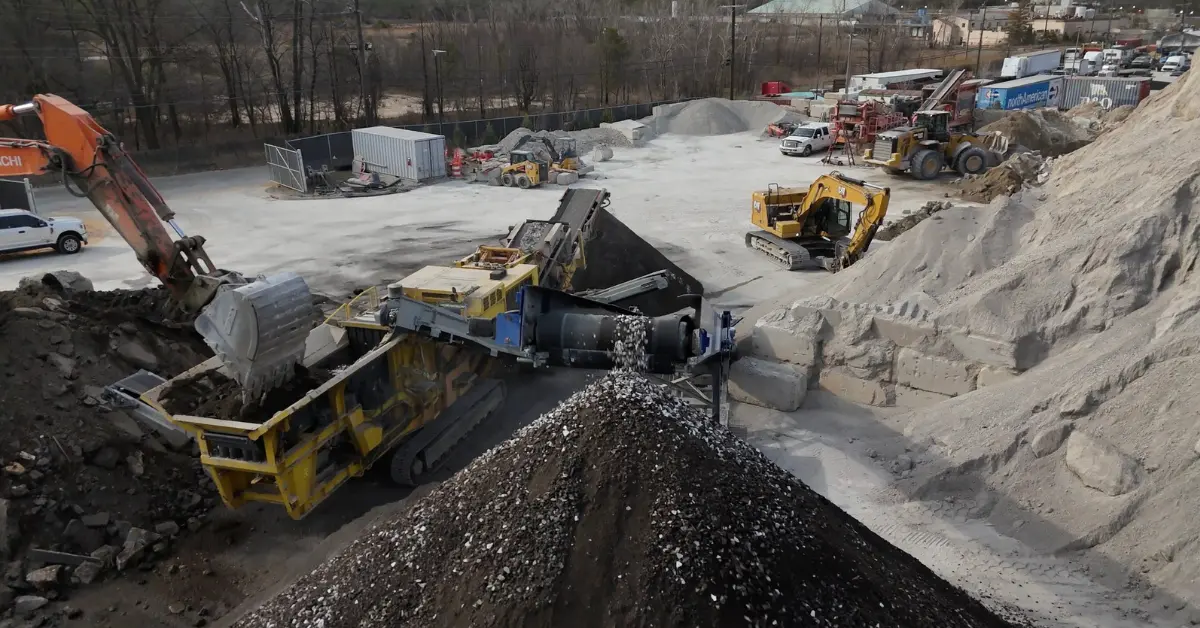
How to Buy Engineered Fill Dirt
Selecting a Certified Engineered Fill Dirt Supplier
Picking the appropriate engineered fill dirt is crucial for the stability and longevity of any construction project. The quality of this material directly influences the structural integrity and safety of the final build.
- Prioritize Certified Suppliers: A certified supplier guarantees that the fill dirt meets stringent quality standards, meticulously developed to ensure optimal performance. They should provide comprehensive documentation verifying the soil type (e.g., clay, sand, silt), its compaction characteristics (optimal moisture content, maximum dry density), and any treatment processes applied (stabilization, screening, blending). This transparency ensures the material aligns with, and often exceeds, project specifications, safeguarding against issues like differential settlement or structural failure.
- Assess Supplier Credibility: Beyond certifications, a supplier's industry track record indicates their reliability. Request case studies or client testimonials to evaluate their performance, consistency, and problem-solving abilities. A supplier with experience in high-profile infrastructure projects demonstrates a deep understanding of complex logistical and technical challenges.
- Verify Environmental Responsibility: In today's environmentally conscious landscape, a supplier's commitment to eco-friendly operations is a significant advantage. This includes sustainable sourcing from sites with minimal habitat disruption and responsible quarrying practices. Investigate their use of recycled materials like reclaimed concrete aggregates or repurposed industrial by-products, which reduce demand for virgin resources and divert waste from landfills.
- Seek Comprehensive Documentation: A trustworthy supplier will readily provide all necessary documentation for the engineered fill dirt. This includes detailed reports on soil classification, indicating whether it's clay, sand, silt, or a loamy mix, and outlining its distinct engineering properties. Crucially, the documentation should cover compaction characteristics, specifying the optimal moisture content and maximum dry density essential for achieving stable foundations and preventing future settlement. Clear details on any treatment processes, such as stabilization or blending, are vital to ensure alignment with your project's technical specifications.
This strategic choice is fundamental to ensuring the ultimate stability, safety, and sustainability of their construction endeavors, contributing to long-term success.
Ordering Engineered Fill Dirt Online
The digital transformation of the construction industry has made it more convenient to order engineered fill dirt online. This method offers several advantages, including easy access to a wide range of suppliers and the ability to compare prices and specifications quickly. Online platforms often provide detailed product descriptions, ensuring you select the right type of fill dirt for your project. These descriptions typically include information on soil composition, density, and any additives used to enhance performance. Look for reviews on independent platforms and check if the supplier is listed on industry-recognized directories. Some online suppliers offer virtual consultations, allowing you to discuss your project requirements with an expert before making a purchase. This service can be invaluable for projects with specific engineering needs, as it helps ensure the fill dirt's compatibility with other construction materials and site conditions.
Additionally, online ordering systems often provide cost-saving benefits, such as bulk purchase discounts or promotional offers. However, be wary of prices that seem too good to be true, as they may indicate compromised quality. Always prioritize suppliers who provide transparent pricing and detailed invoices that outline all costs, including delivery fees and any additional services.
Considerations for Delivery and Logistics
Once you've selected a supplier and ordered engineered fill dirt, planning for engineered fill delivery and logistics is the next critical step. The delivery process can significantly impact your project's timeline and budget. Understanding the logistics involved in transporting large quantities of fill dirt is essential to avoid unexpected delays or cost overruns.
Determine the required volume of fill dirt and coordinate with the supplier to establish a feasible delivery schedule. Consider the site's accessibility, as challenging terrain or restricted access points can complicate the delivery process. Some suppliers offer specialized transportation services that include equipment capable of reaching difficult sites or handling large volumes efficiently. Another crucial aspect is coordinating with local regulations regarding transportation and delivery. Depending on your location, there may be restrictions on truck sizes or specific routes to minimize road wear and environmental impact. Ensuring compliance with these regulations can prevent costly fines and project delays.
Finally, plan for the offloading process upon delivery. Ensure that the necessary equipment and personnel are ready to handle and distribute the fill dirt effectively. Proper offloading not only ensures the integrity of the material but also facilitates a smooth integration into the construction process, ultimately contributing to the project's success.
Environmental Impact and Sustainability
Sustainable practices are increasingly vital in the use of engineered fill dirt, as the construction industry seeks to minimize its environmental footprint. Sustainable sourcing begins with selecting fill dirt from locations that avoid disturbing sensitive ecosystems and prioritizing sites with minimal habitat disruption. Responsible suppliers often implement careful extraction methods and site rehabilitation plans, ensuring that natural landscapes and biodiversity are preserved. The integration of recycled materials—such as crushed concrete, reclaimed soil, and other industrial by-products—further enhances sustainability. By diverting these materials from landfills and reducing the demand for virgin resources, projects lower their carbon footprint and support a circular economy. Erosion control techniques, including the use of silt fences, vegetation cover, and retaining walls, are essential during and after fill placement. These methods prevent soil loss, protect waterways from sedimentation, and maintain site integrity. Collectively, these practices not only conserve natural resources but also promote healthier ecosystems by supporting biodiversity and reducing pollution.
Bulk Engineered Soil: Ordering and Delivery
Advantages of Buying in Bulk
Purchasing engineered fill dirt in bulk offers several advantages pivotal for large-scale construction projects. One of the most significant benefits is cost efficiency. Buying in bulk often reduces the price per cubic yard, resulting in considerable savings, especially for projects that require large volumes of soil. This cost reduction can be crucial for developers focused on maximizing their budget.
Beyond cost considerations, bulk purchasing ensures consistency in soil quality. When ordering in large quantities, the soil composition remains uniform, minimizing the risk of variability that could affect the stability and performance of the fill. This consistency is vital for maintaining the structural integrity of foundations and supporting infrastructure. Ordering bulk quantities reduces logistics complexities. It simplifies coordination with suppliers, resulting in fewer deliveries and less scheduling hassle. This streamlined process can enhance project timelines and reduce the risk of delays. For instance, a major highway expansion in Texas benefited from bulk ordering engineered fill, which ensured uniform roadbed support and reduced transportation emissions by consolidating deliveries.
Tips for Storage and Handling
Proper storage and handling of compacted fill material are critical to preserving its quality and ensuring its effectiveness in construction applications. One of the primary considerations is preventing contamination. Storing fill dirt on a clean, impermeable surface can prevent the introduction of foreign materials that might alter its engineered properties. To protect the fill from environmental elements, covering the soil with tarps or similar materials is advisable. This prevents erosion from rain and wind and maintains the moisture content crucial for compaction. In one case, a construction site in Florida experienced delays due to unexpected rain washing away uncovered fill dirt, highlighting the importance of adequate covering.
Handling practices also play a pivotal role in maintaining soil integrity. Using appropriate machinery for moving and spreading the soil reduces compaction inconsistencies and ensures even distribution. Training personnel in best practices for handling engineered fill can further mitigate risks associated with improper handling.
Tools and Equipment Used for Compaction
The selection of tools and equipment is integral to the compaction process, as different machinery is suited to various soil types and project requirements. Rollers are among the most commonly used pieces of equipment, with several variations, including smooth drum rollers, padfoot rollers, and pneumatic rollers, each offering unique advantages. For instance, smooth drum rollers are effective for compacting granular soils, while padfoot rollers are better suited for cohesive soils.
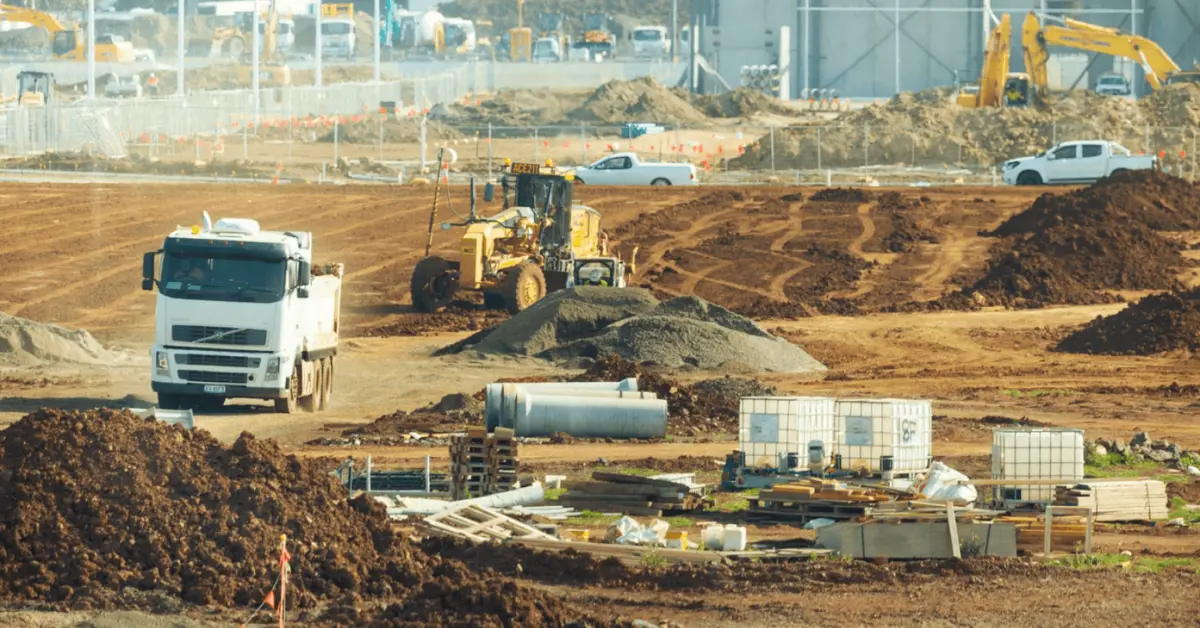
Vibratory plates are another essential tool, particularly for compacting smaller areas where larger equipment cannot operate efficiently. These plates exert rapid vibrations that rearrange soil particles into a denser configuration, crucial for achieving uniform compaction in confined spaces.
In situations where the terrain is uneven or challenging, tamping rammers are often employed. These machines deliver high-impact forces that are effective for compacting cohesive soils in trenches and other hard-to-reach places. Moreover, technological advancements have led to the development of intelligent compaction systems, which integrate sensors and GPS technology to provide real-time feedback on soil compaction levels. These systems enable operators to make data-driven adjustments, optimizing the compaction process and ensuring consistency across the construction site.
Challenges and Best Practices
Engineered fill dirt projects present unique challenges that, if not addressed, can compromise both structural integrity and regulatory compliance. One of the most common pitfalls is inadequate site assessment prior to the design phase. Failing to thoroughly evaluate soil conditions, groundwater levels, and environmental factors can lead to the selection of inappropriate fill materials or compaction methods, resulting in uneven settlement, instability, or drainage issues. Another frequent mistake is neglecting to match the structural fill dirt’s engineering properties to the specific requirements of the project. Using fill that is too organic, poorly graded, or incompatible with existing soils can reduce load-bearing capacity and increase the risk of future failure. Inadequate compaction, whether due to rushed timelines or improper equipment, is another critical error that can lead to post-construction settlement and costly repairs.
To avoid these challenges, several best practices should be followed throughout the design and implementation phases. Begin with a comprehensive geotechnical investigation to determine the optimal type and composition of engineered fill for the site’s unique conditions. Collaborate closely with civil engineers and soil scientists to develop a fill specification that addresses load requirements, drainage needs, and long-term stability. During construction, implement strict quality control measures to ensure the fill meets design criteria. Employ appropriate placement techniques, such as layering and controlled compaction, and adjust methods as needed based on real-time site feedback. Regulatory compliance is equally crucial. Stay informed of relevant local, state, and national building codes, as well as geotechnical standards like ASTM D698 and D1557 for compaction testing. Maintain thorough documentation of materials, test results, and construction processes to demonstrate adherence to regulatory requirements. Engaging with regulatory agencies early in the project can help anticipate potential issues and streamline approvals.
Screened engineered dirt transforms basic soil into a precision-engineered building material that underpins the most demanding projects in modern construction. By tailoring the proportions of sand, gravel, clay, and additives, this specialized fill provides consistent load-bearing capacity, superior drainage, and resistance to settlement, shifting, and erosion. Its predictable performance enhances safety, reduces long-term maintenance costs, and extends the lifespan of foundations, roadways, embankments, and levees. As construction challenges evolve, engineered fill remains a cornerstone of safe, sustainable, and long-lasting projects.

.svg)





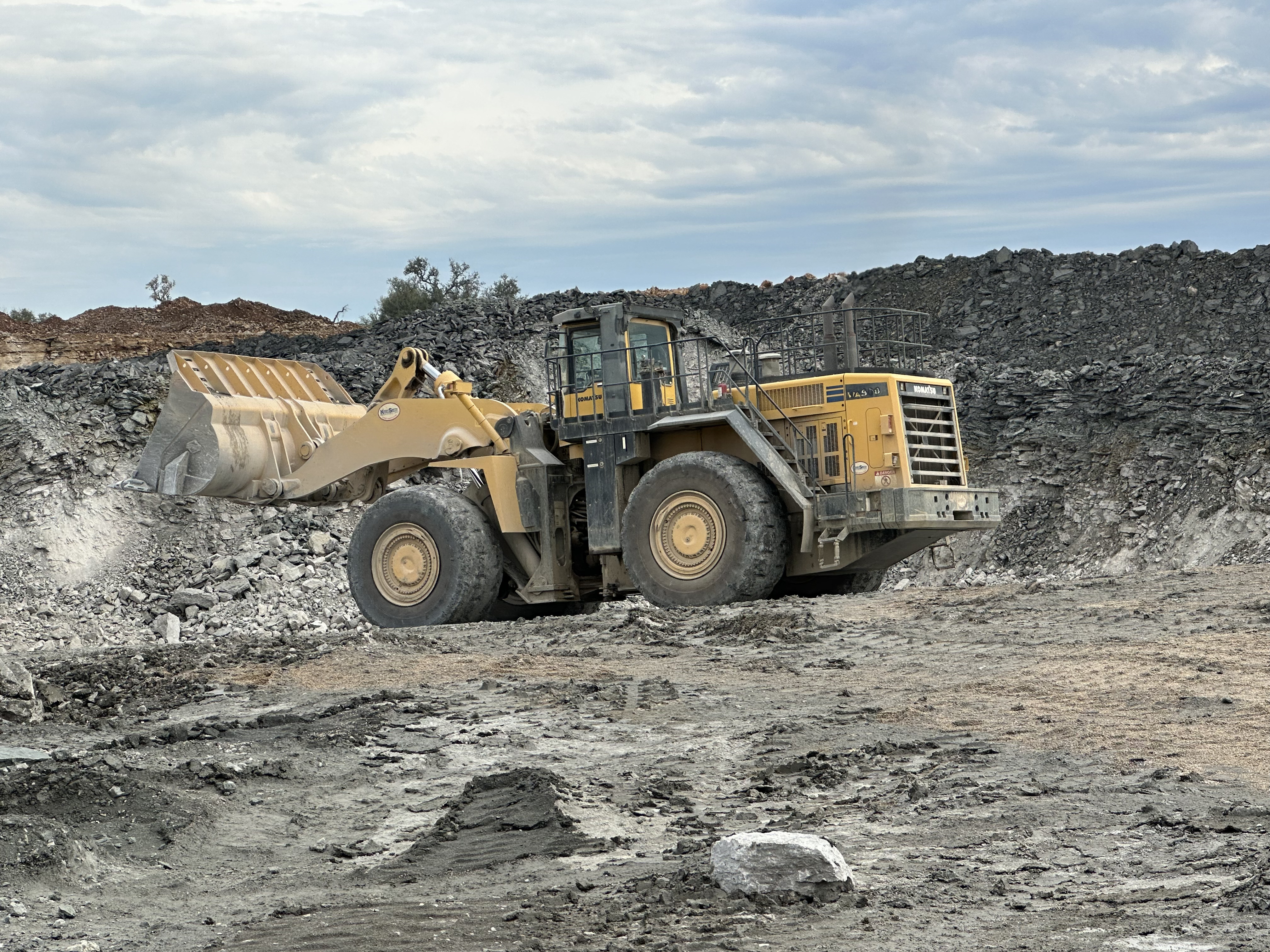




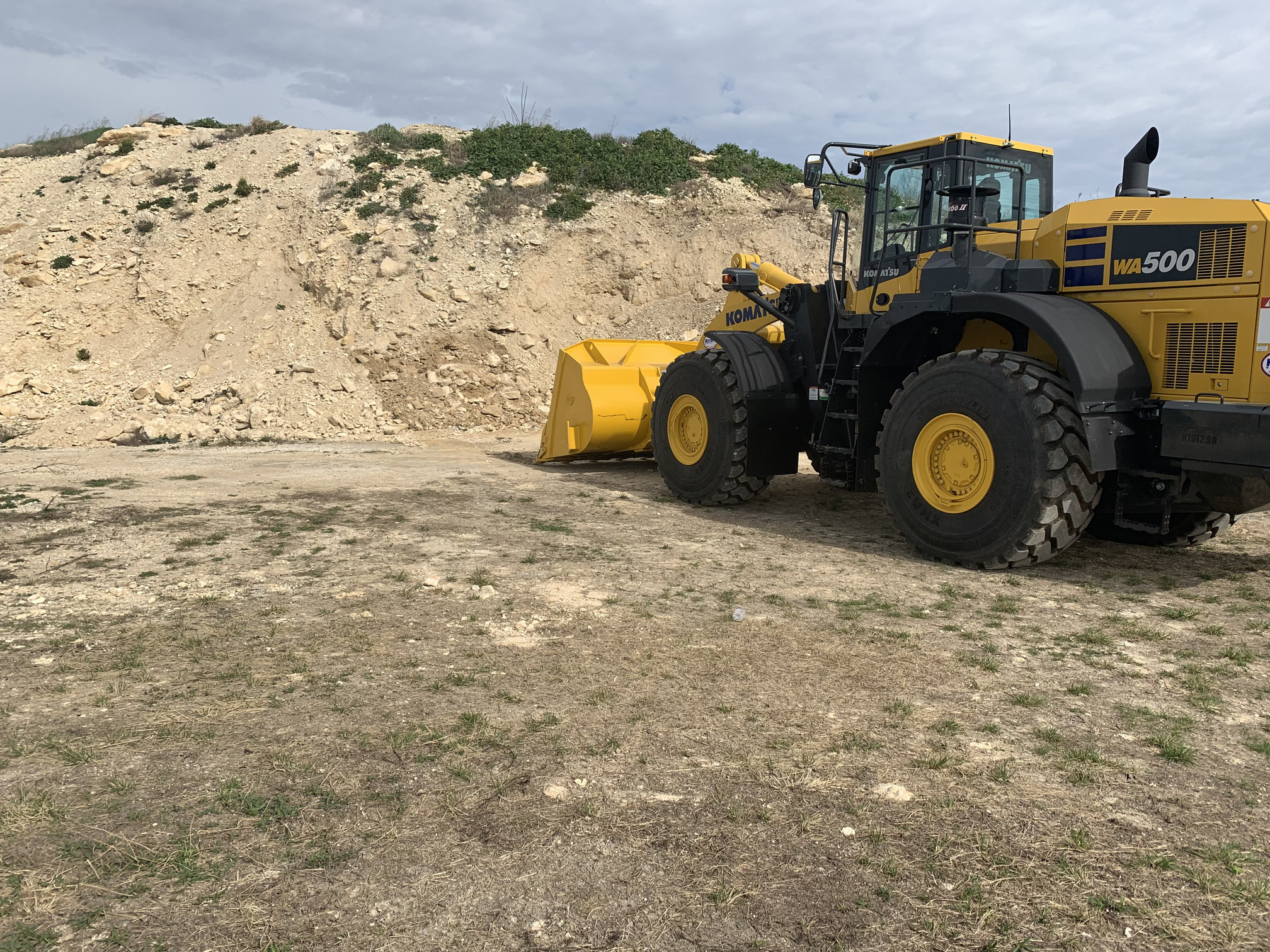
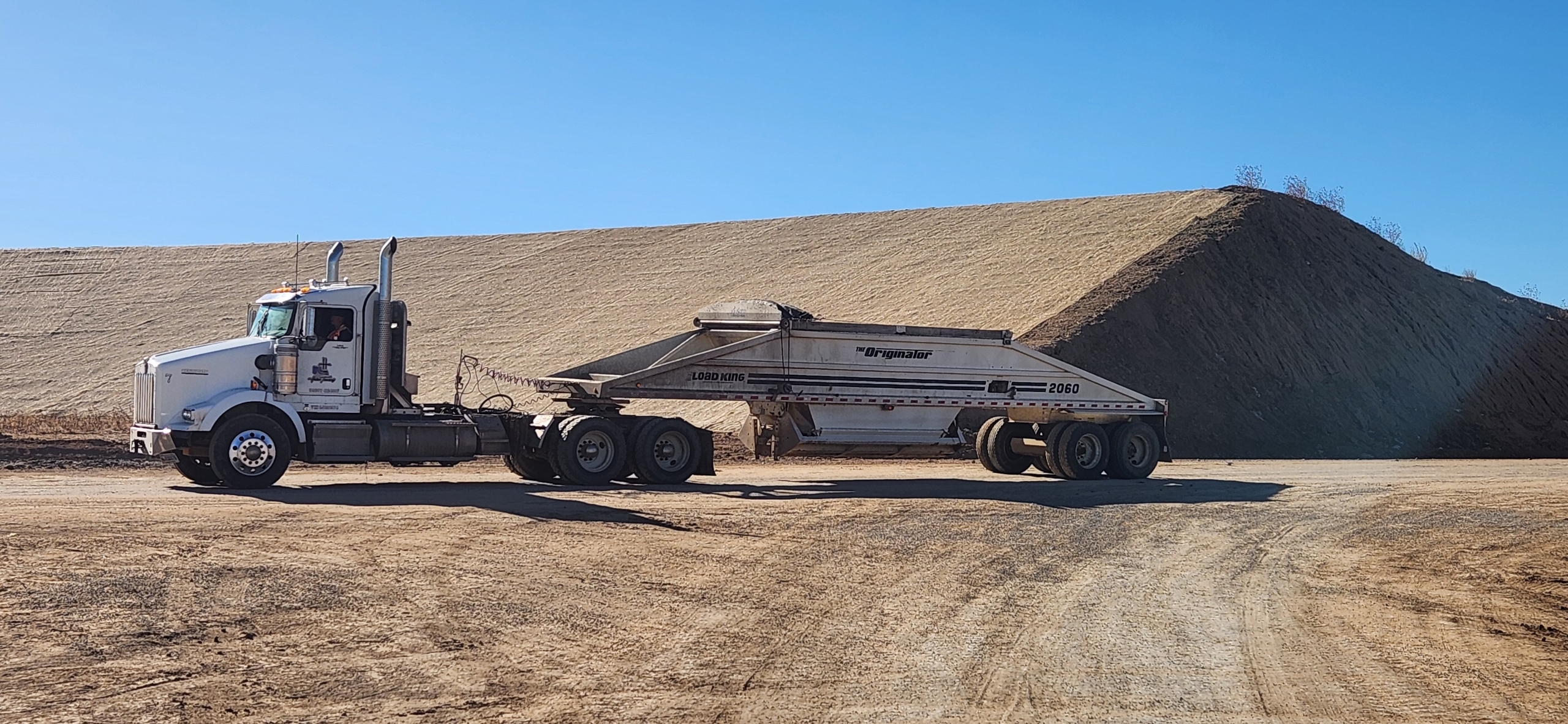
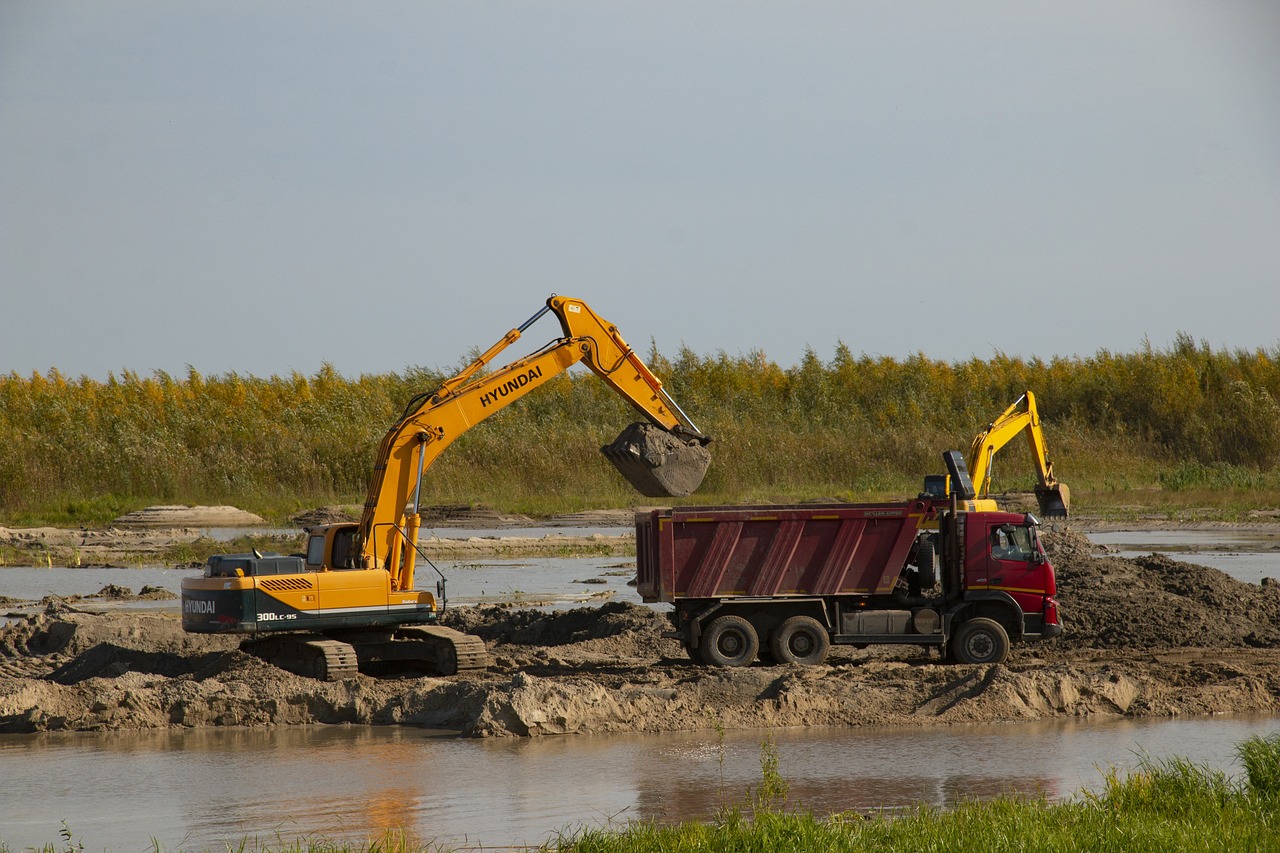

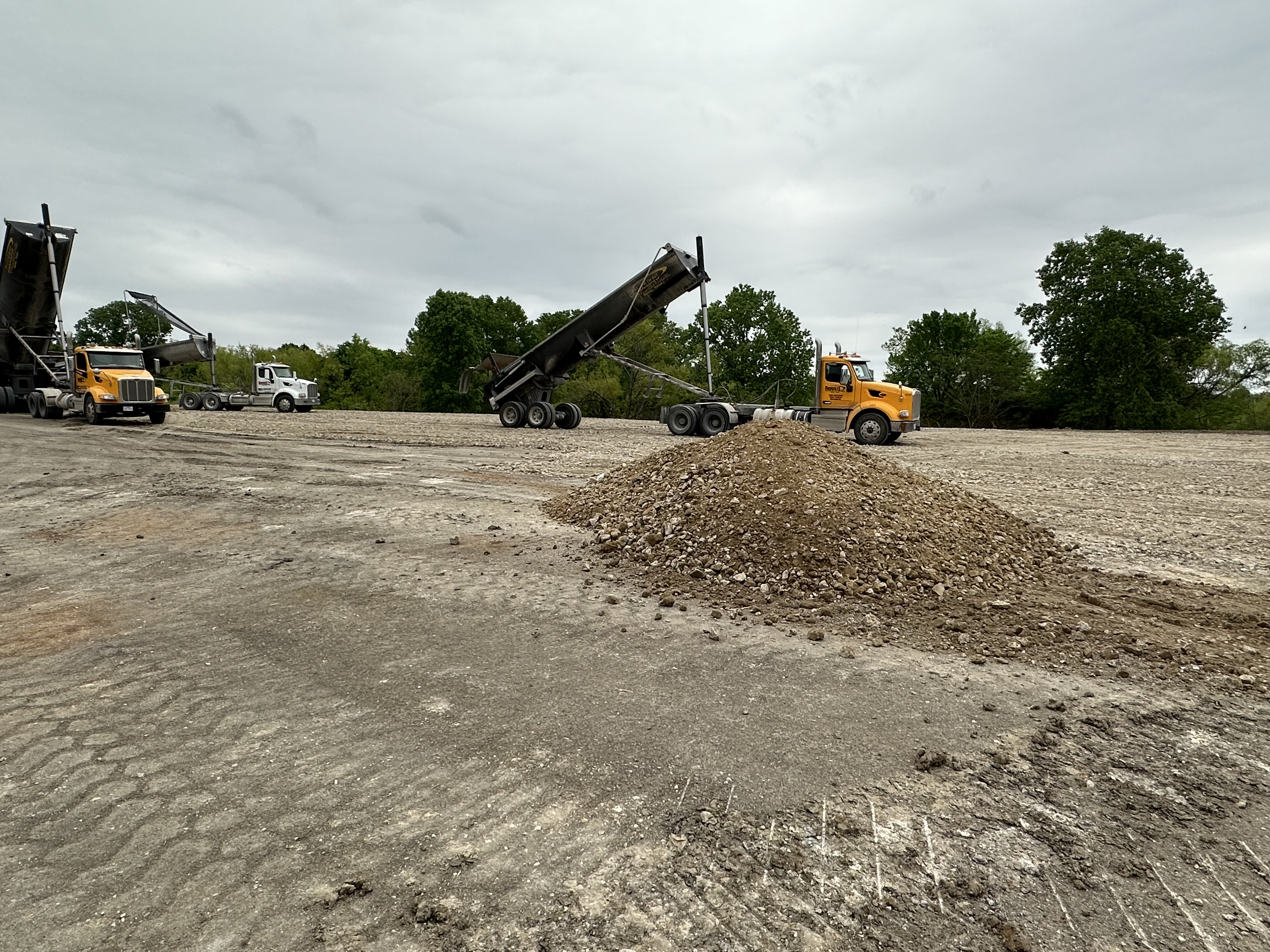

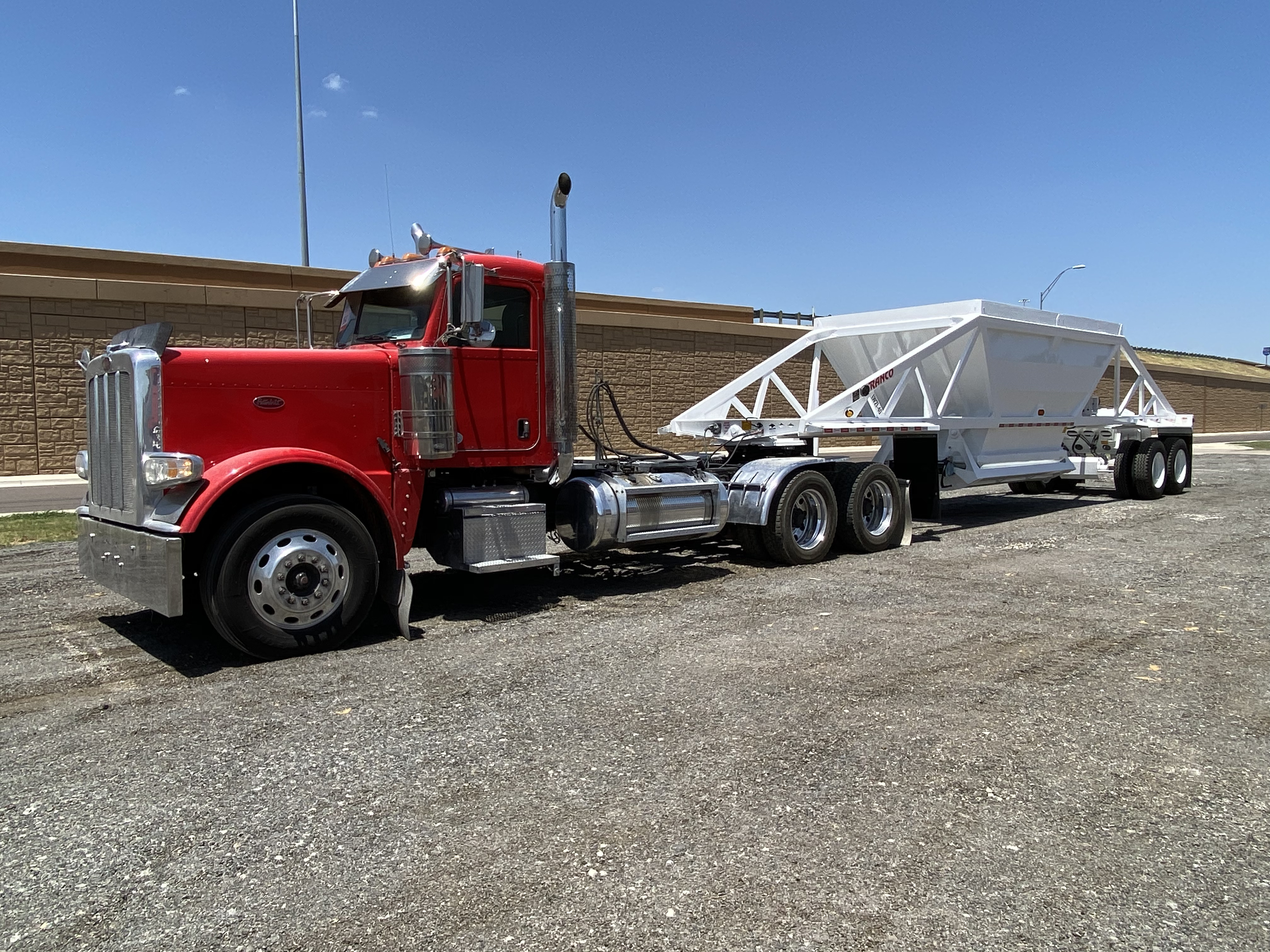
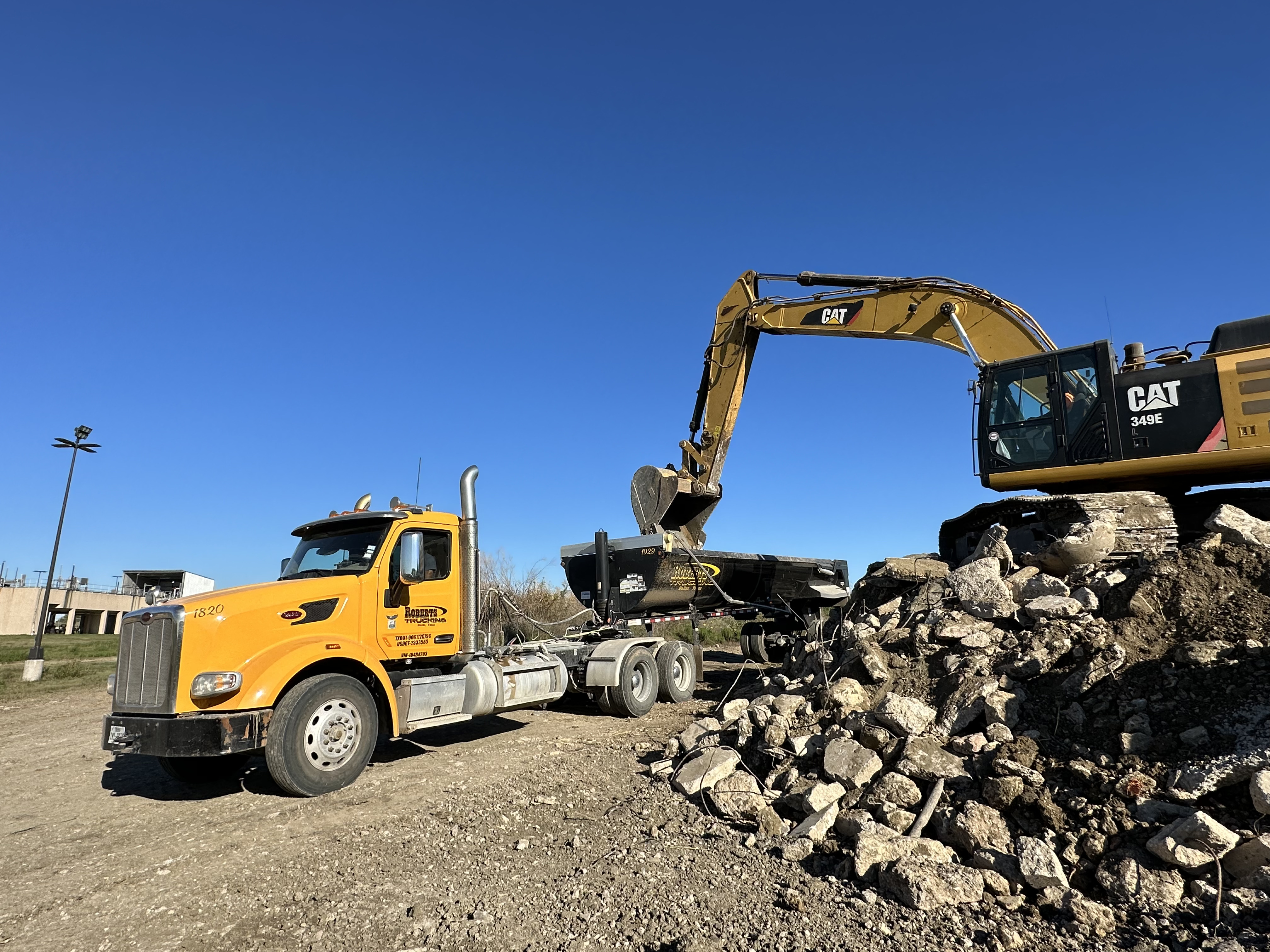
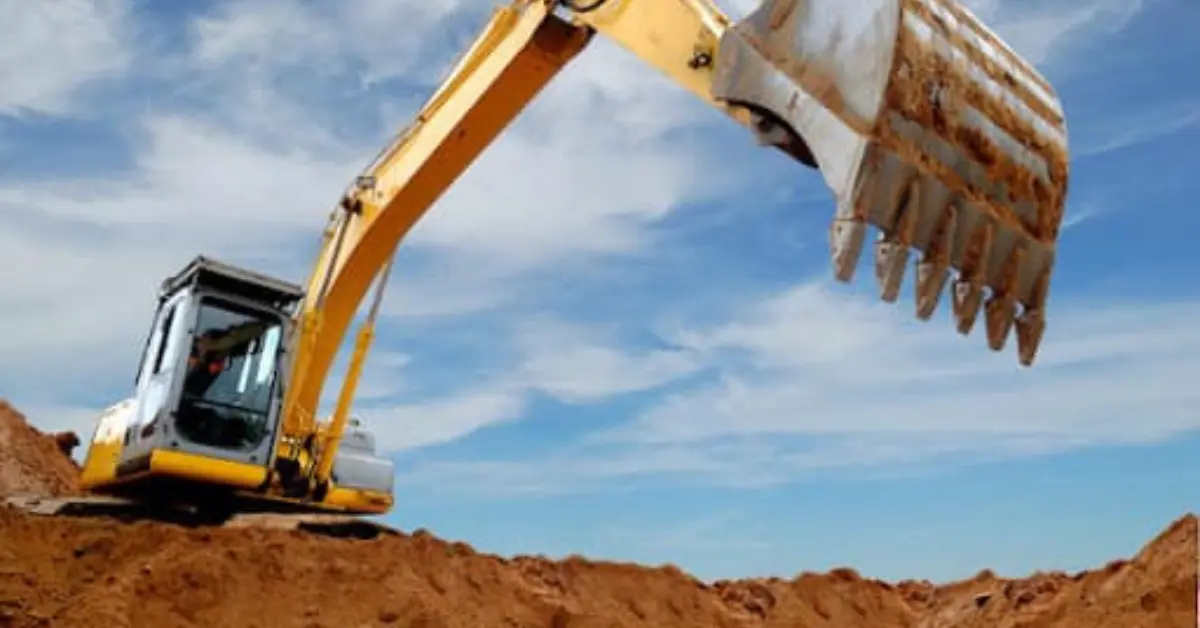
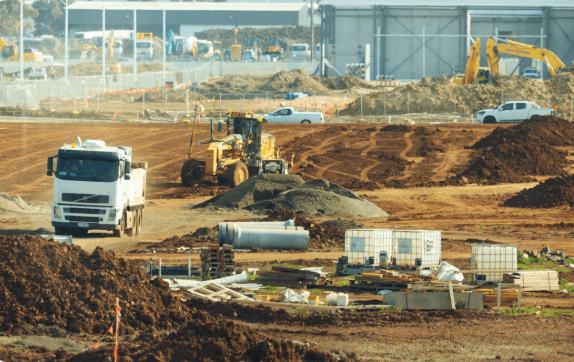

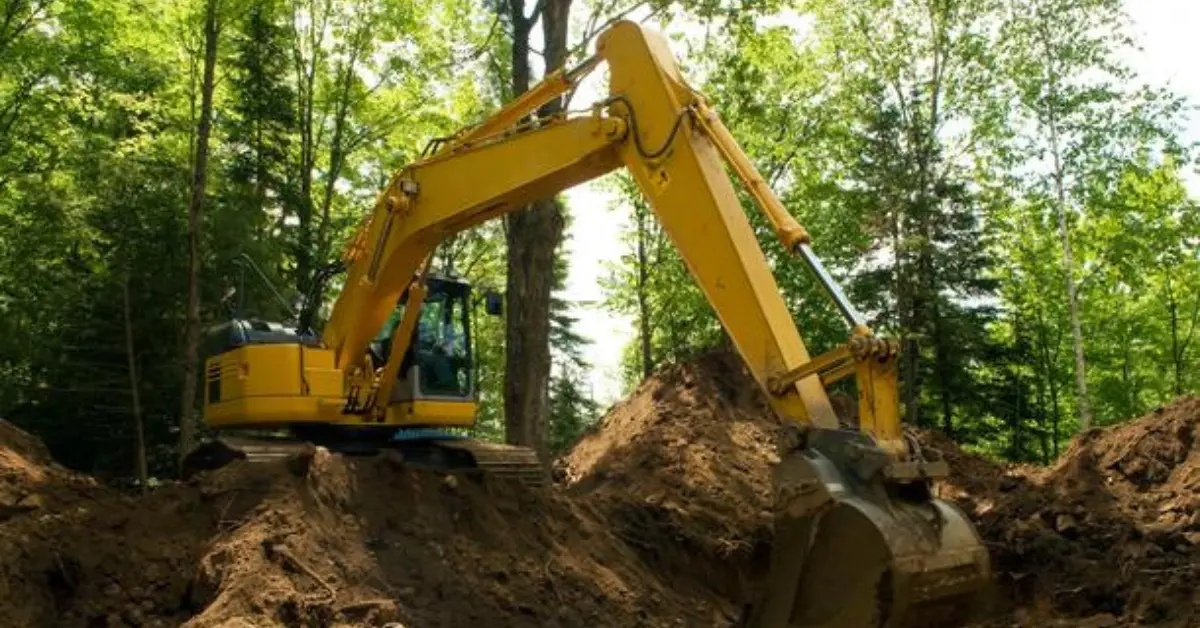
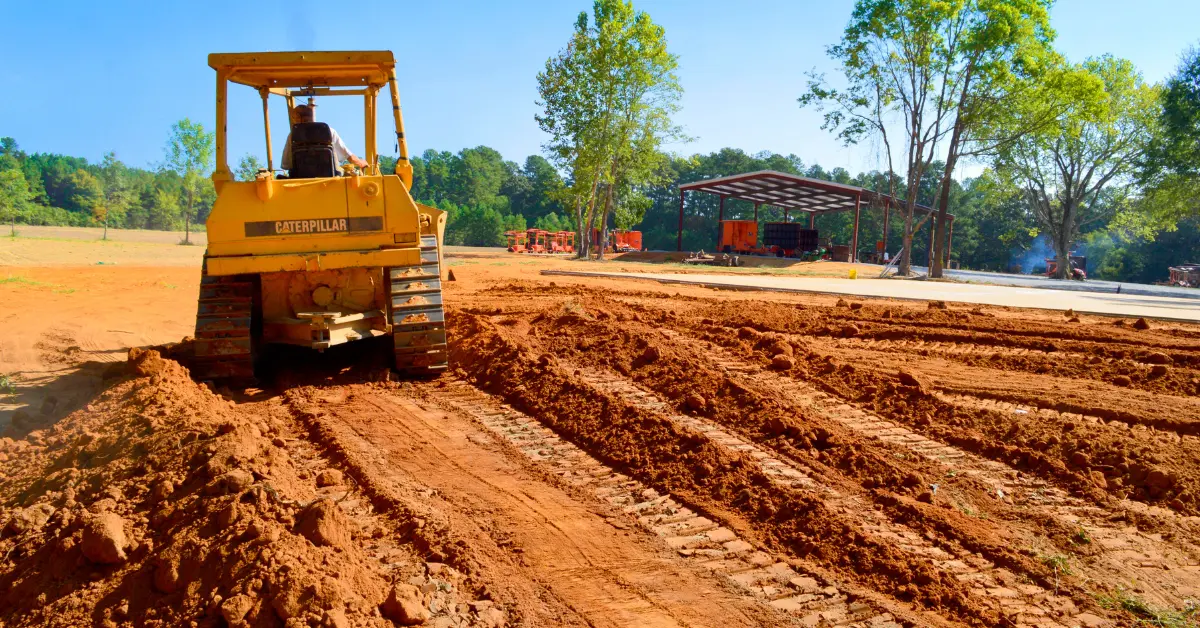
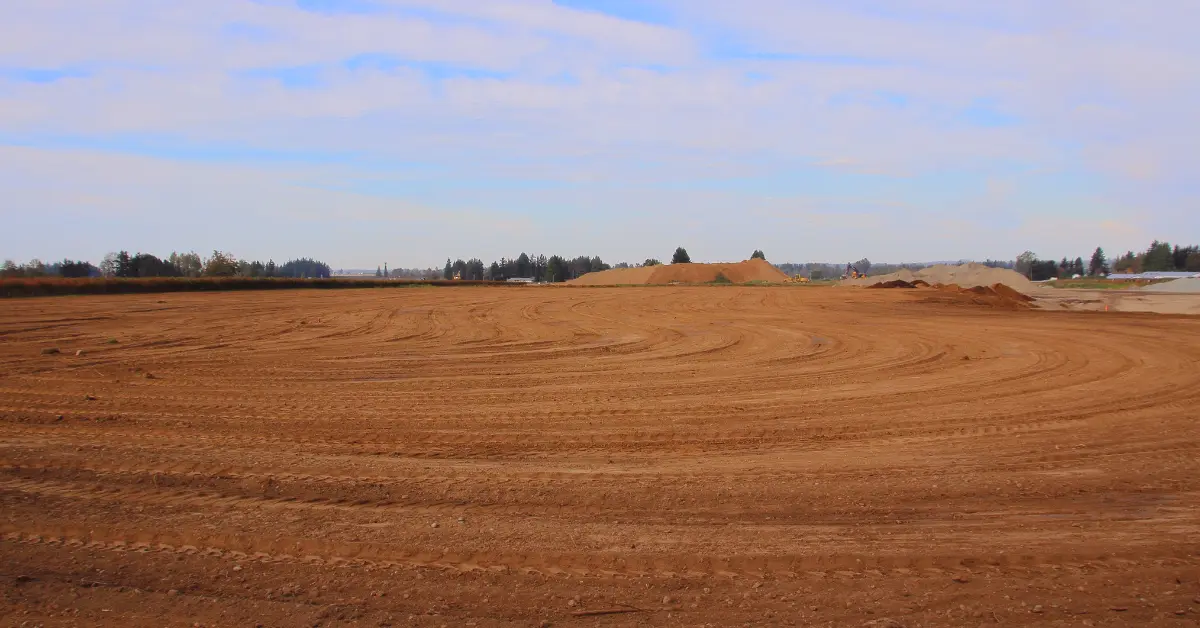



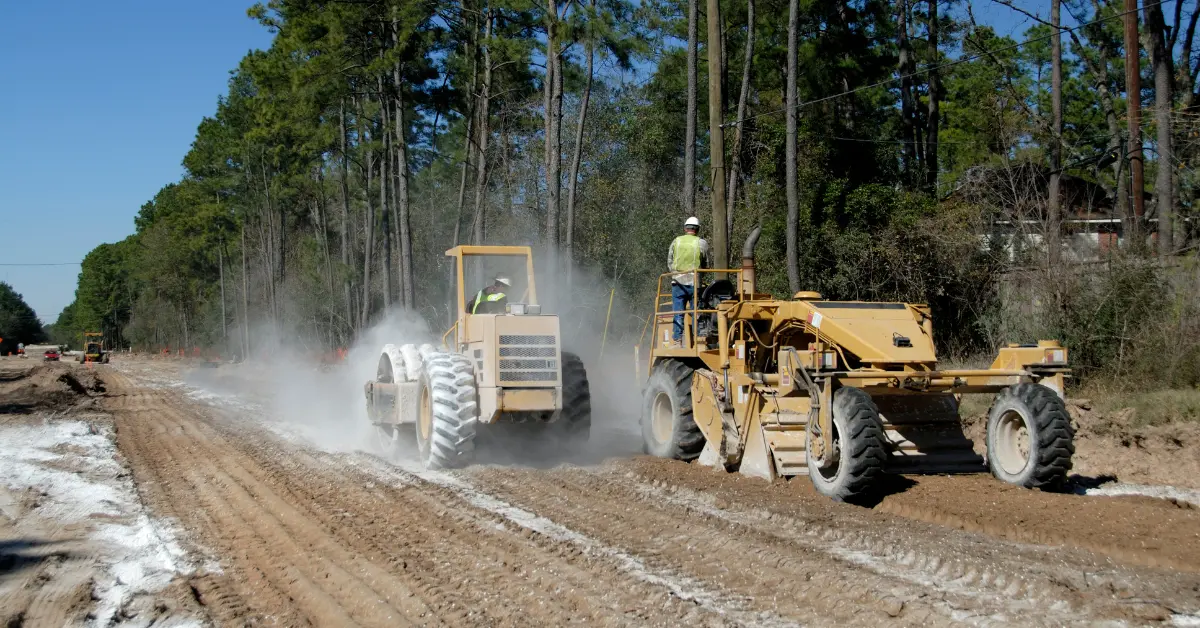




.jpg)

